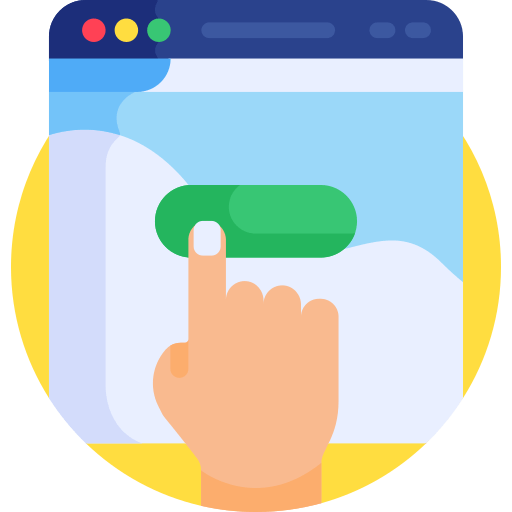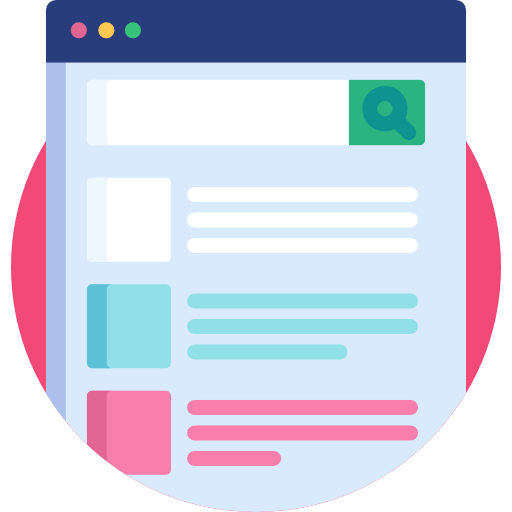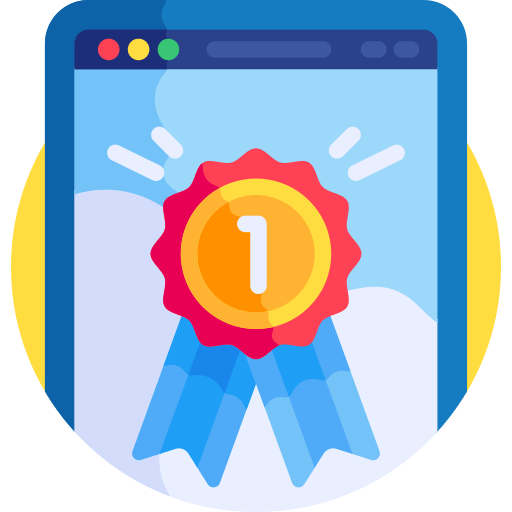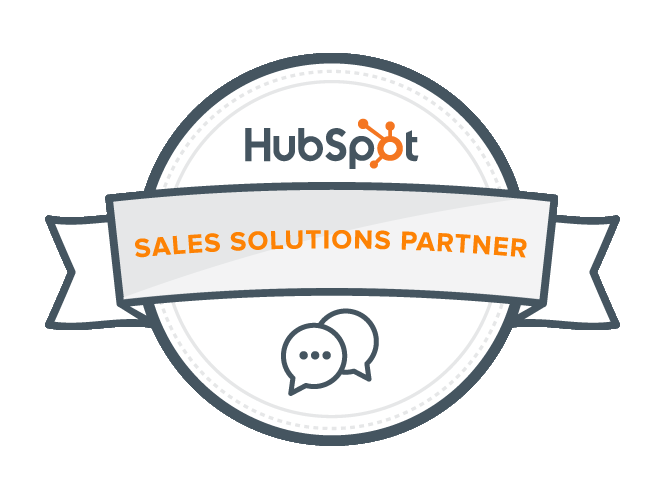Your Marketing Strategy in 7-steps | Under 2-hours a Week
Justin Babcock • February 24, 2020
Marketing consistency is about creating content
regularly, distributing
that content through as many channels as possible, targeting a specific audience, and creating opportunities to convert
new leads.
Watch the video, then read our blog...
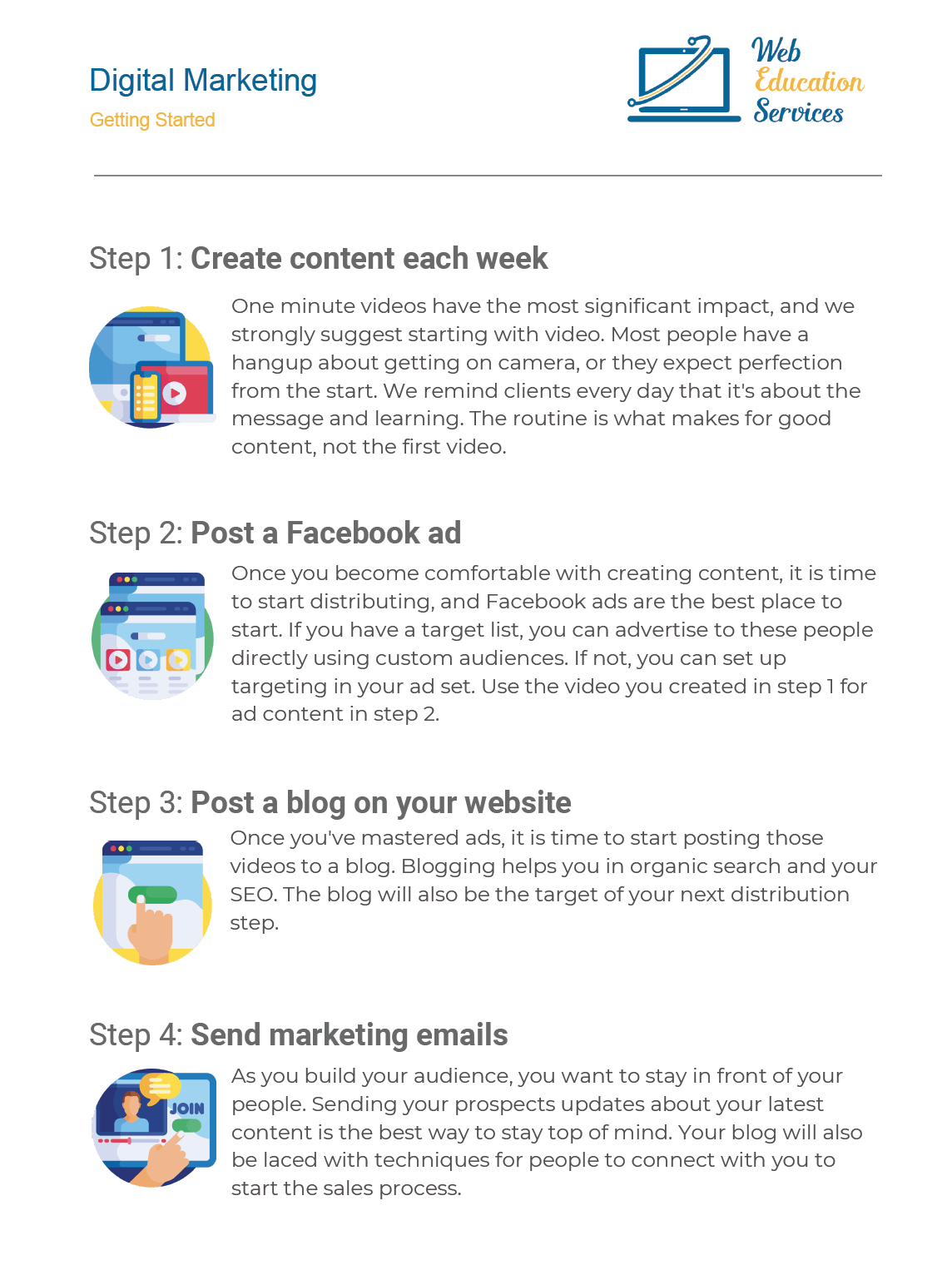
Marketing systems can be complex. But when you are getting started, you need a simple system.
We created a simple 7-step process to jump start your marketing effort.
Why do we do it?
When your marketing is consistent, your business is safe.
Download the 7-steps
Why do we do it?
When your marketing is consistent, your business is safe.
Step 1: Create content each week
One minute videos have the most significant impact, and we strongly suggest starting with video. Most people have a hangup about getting on camera, or they expect perfection from the start. We remind clients every day that it's about the message and learning. The routine is what makes for good content, not the first video.
Step 2: Post an ad
Once you become comfortable with creating content, it is time to start distributing, and Facebook ads are the best place to start. If you have a target list, you can advertise to these people directly using custom audiences. If not, you can set up targeting in your ad set. Use the video you created in step 1 for ad content and creative.




